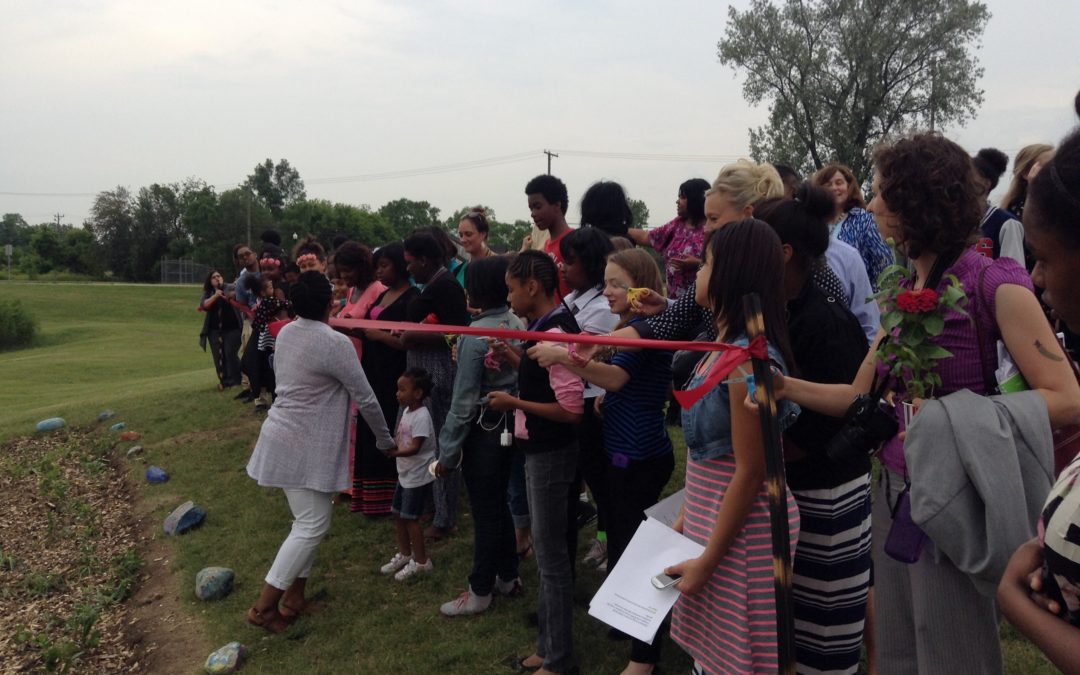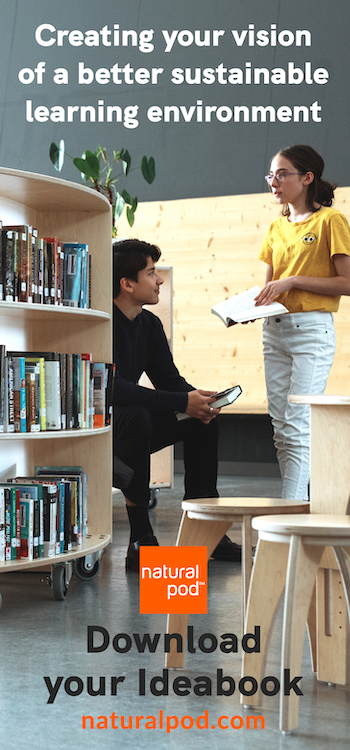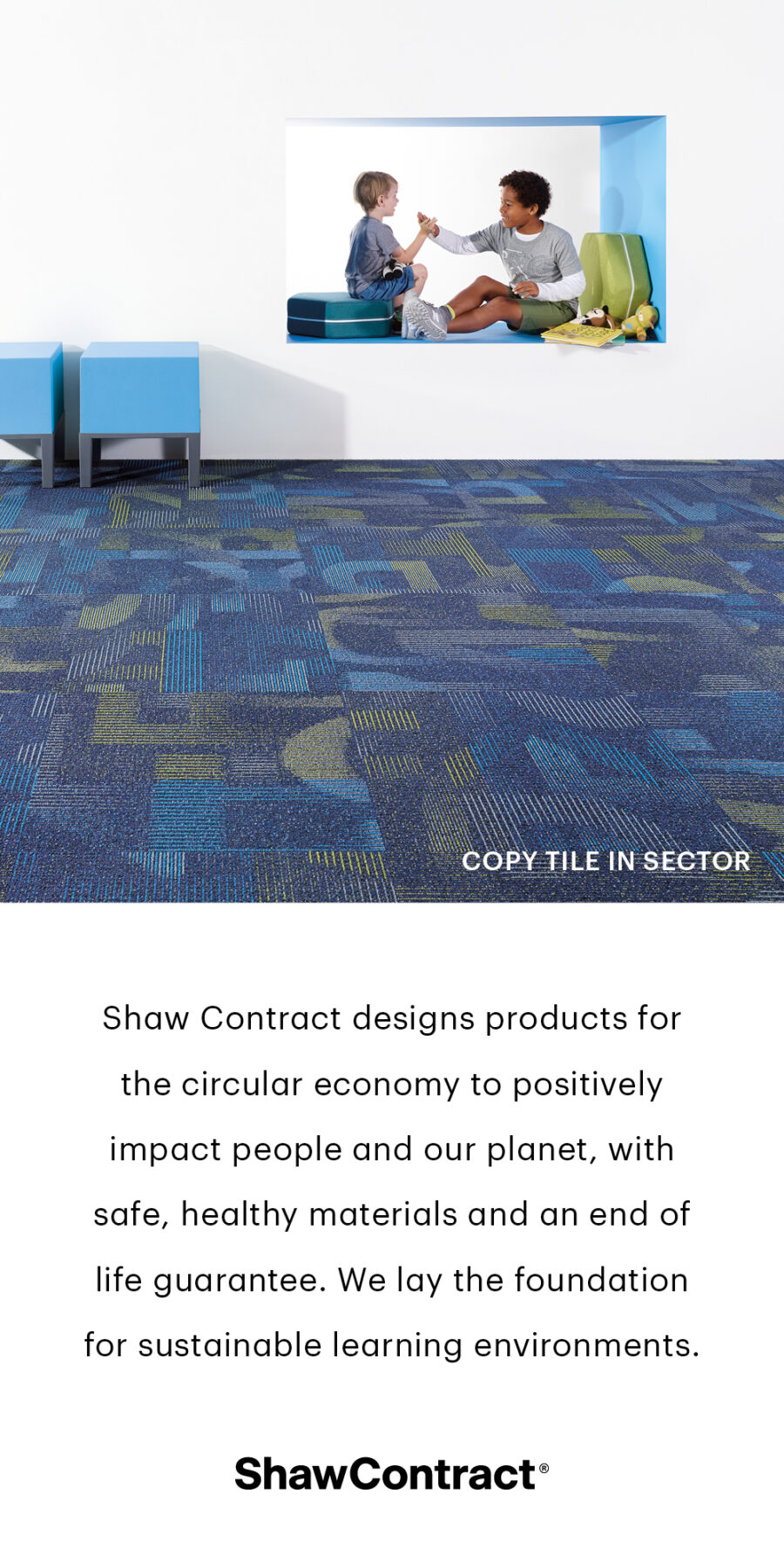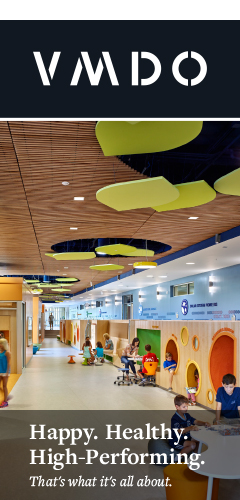Teachers know that kids are more likely to get engaged with learning when the curriculum reflects their lives and experiences. But what do you do if you’re teaching ancient history to middle school students? It’s hard to imagine what could be less relevant to 7th-graders than the aqueducts of the Roman Empire. You can almost hear the familiar lament: “When am I ever going to need this?”
But that didn’t happen in the Ypsilanti (Michigan) Community Schools. There, kids asked a completely different question: What can we learn from the past that will help us create a sustainable future for our community?
This framing drove a unique interdisciplinary course that turned the stories of ancient civilizations into lessons for the future. The program resulted from a partnership between the district and Creative Change Educational Solutions, a national nonprofit based in Ypsilanti. The focus of the initiative was to improve achievement and engagement through curriculum transformation.
Ypsilanti (Ip-su-lan-tee, aka “Ypsi”) is a community of 25,000 people thirty miles west of Detroit. It’s a small city with a big history: Ypsi was a stop on the Underground Railroad and original Civil War barracks still stand along the banks of the Huron River. In World War II, the Willow Run Bomber Plant— the factory home of “Rosie the Riveter”—produced a B-24 every sixty-three seconds. After the war, the city flourished on auto manufacturing jobs.
By the early 2000s, the factories were gone and so were many families. The schools faced lagging achievement and increasing racial and socioeconomic segregation. (Currently, 77% of the district’s 3,800 students are students of color, primarily African American, and 75% are low-income.)
It’s not uncommon for a district in this situation to focus solely on test preparation. But instead of narrowing the curriculum, an interdisciplinary team of teachers decided to increase academic rigor and connect learning to the community with the ultimate goal of boosting literacy skills and student engagement.
Working with Creative Change, the teachers developed a makeover for the Ancient Civilizations course focused on sustainability. Students investigated the environmental, social, and economic factors that made the societies rise and fall. How did civil unrest contribute to the fall of Rome? How did Egypt’s economy depend on the Nile—and what happened when drought disrupted the water supply?
Armed with these insights, students then examined parallel local issues. Labor rights in Ancient Rome sparked questions about whether Ypsilanti was using local, unionized workers for its own road repairs. The Egyptian droughts were a launching point for learning about climate change’s likely impacts on Michigan’s agricultural economy. Course texts included primary source documents, scientific data, and governmental reports.
The course culminated in a student-led community forum to showcase local sustainability initiatives, from solar energy to food security. The evening included a keynote speech from the mayor, exhibits of student research projects, and a panel discussion of regional experts about water quality, public health, and community-police relations. To cap off the event, students cut the ribbon on a rain garden they designed and planted as part of their science course.
Sounds fun, right? But what about the program’s ambitious academic goals?
Creative Change developed a pre/post test aligned to Common Core. The assessment included reading comprehension, analysis of scientific data, use of evidence, and other essential literacy skills. To develop these skills, teachers embedded evidence-based literacy strategies into instruction. The result? Achievement on the test more than doubled.
Decades of research show that districts with Ypsi’s demographics tend to lower expectations and provide low-level curriculum on the false belief that “those kids” can’t excel or are simply unmotivated. But this project showed that when educators raise the bar and make learning relevant, kids rise to the challenge. As one teacher noted, “Once you do this, you can’t go back to the old ways.”
Sustainability education is ultimately about effective teaching and learning. Student-centered inquiry. Global thinking. Local solutions. Optimism and agency.
Looking for more examples? Check out our website, download our white paper on curriculum transformation, or contact me for ideas.
Wishing everyone the best in their educational endeavors!
Susan Santone: Santone@creativechange.net
Susan Santone is the founder and Executive Director of Creative Change Educational Solutions. Through Creative Change, she has led multiple curriculum and teacher education initiatives with clients that include Big Ten universities and the United Nations. She is also an adjunct instructor in Teacher Education at Eastern Michigan University. She has published and presented widely on sustainability, ecological economics, educational equity, multiculturalism, and social justice.
View Susan’s TEDx talk here.
Creative Change is an educational nonprofit organization focused on curriculum transformation to improve achievement and equity. Districts and universities turn to us when they need more from their curriculum—when achievement is lagging, inequalities persist, or it’s time for fresh thinking. We help educators recharge their curriculum and make learning about the questions students really have: Why are things the way they are? How is my world changing? How can my community be a better place? Can I make a difference in the world?
Customized professional development, one-on-one coaching, and a library of instructional resources empower educators to create learning experiences that are ahead of the curve. Our process is helping districts across the country achieve exceptional outcomes, especially in underserved communities. Students are learning to their highest potential. And that can change their lives.
sustainability.creativechange.net
@creative_change




